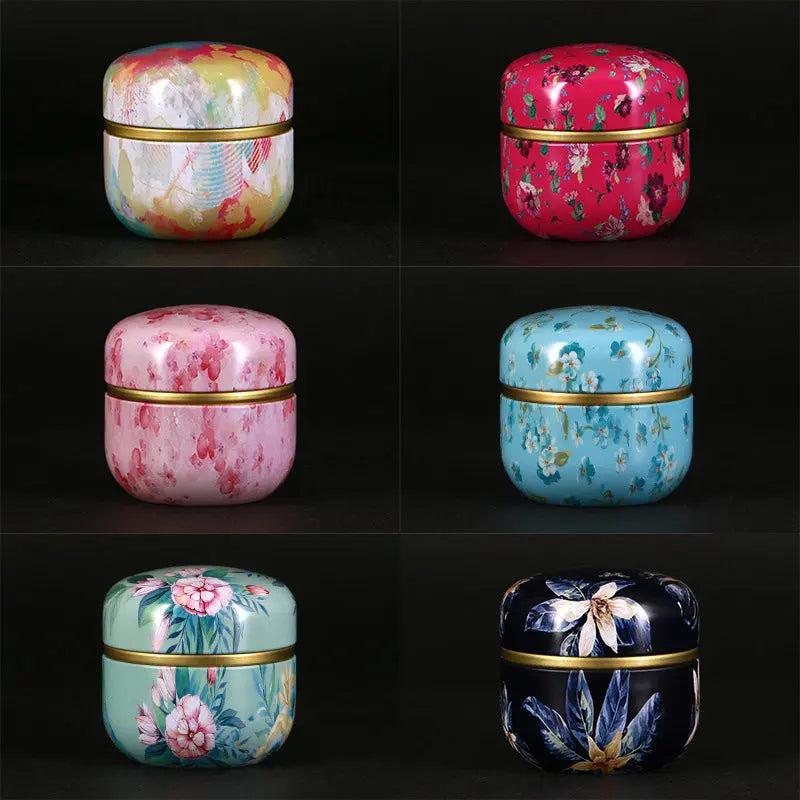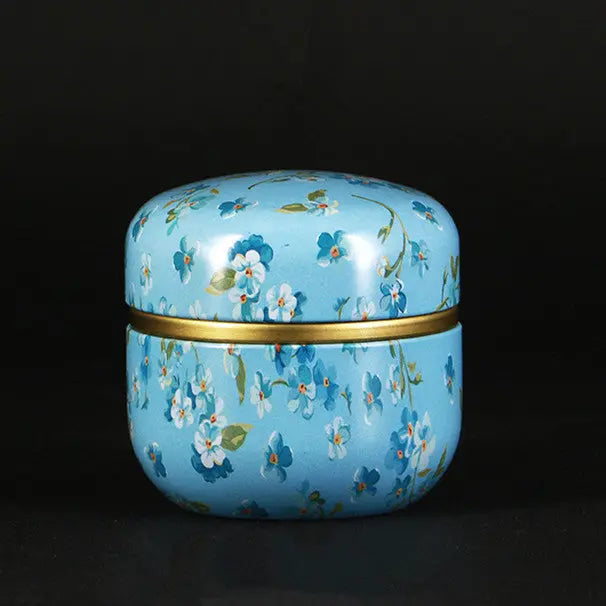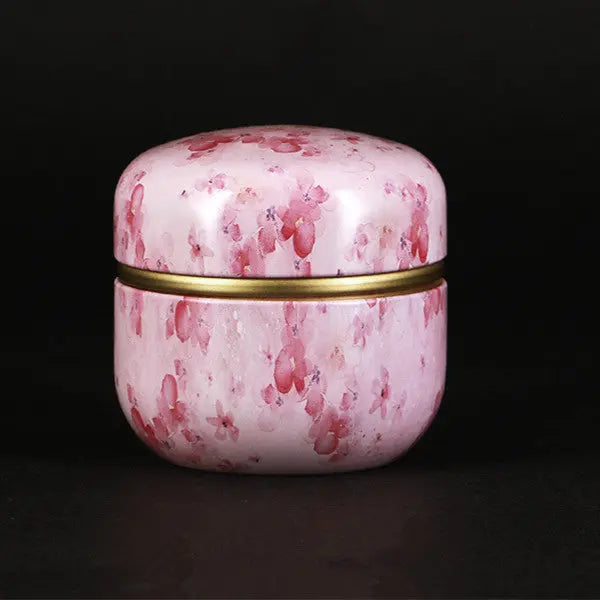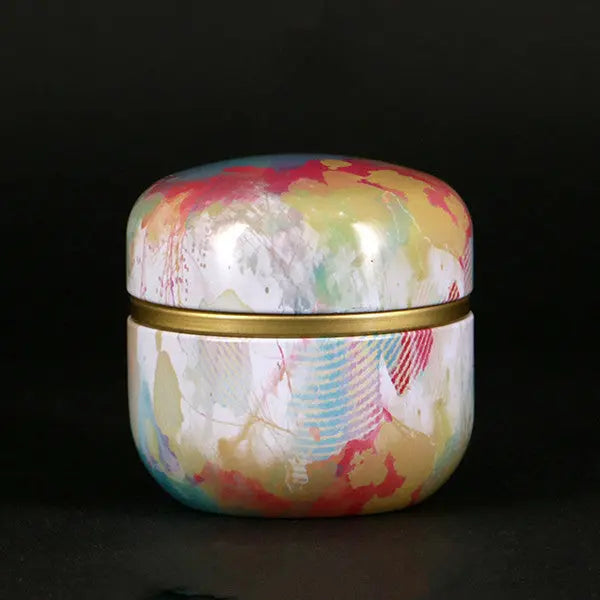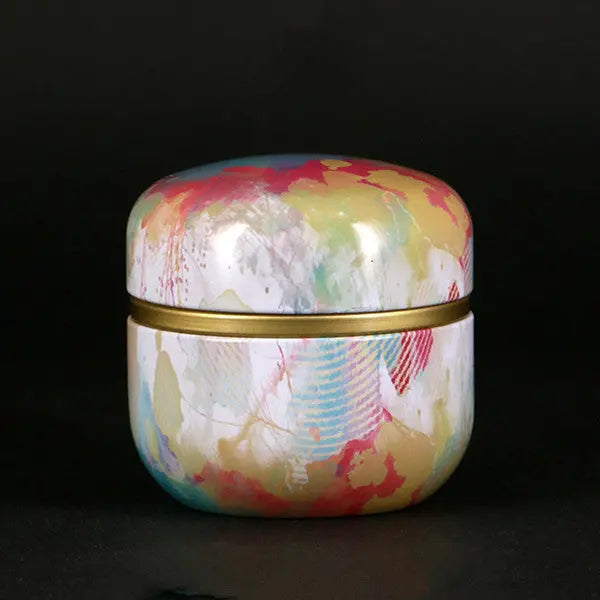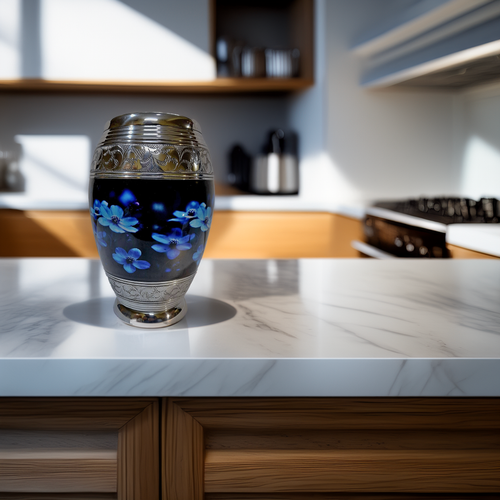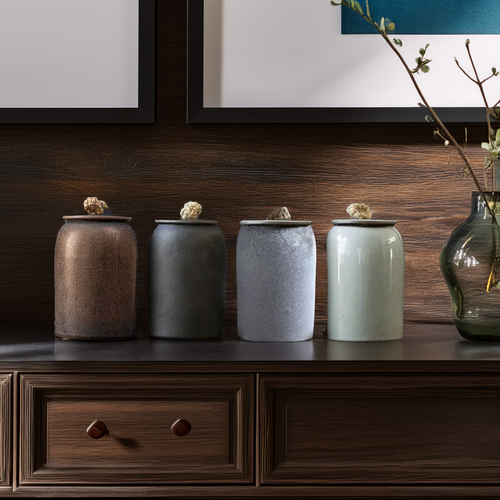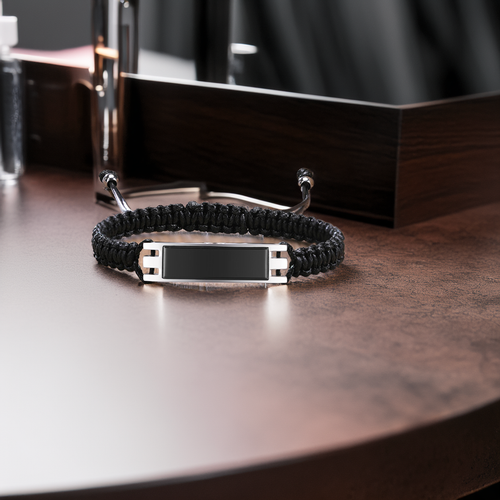Understanding the Concept of Cremation: A Brief Overview
Cremation, considered a mysterious and even taboo subject by some, is a topic that deserves a straightforward and sensitive discussion. This article aims to demystify the process, clarify the misconceptions, and provide a comprehensive understanding of what cremation really is. This process has been practised by various cultures for thousands of years and is increasingly becoming a preferred choice globally.
1. The Evolution of Cremation
Cremation is not a modern-day concept. In fact, archaeological evidence suggests that it was widely practised during the Stone Age. Over the centuries, the process has evolved significantly, with technological advancements making it more efficient and environmentally friendly. Recent studies, including those published in the Journal of Archaeological Science, indicate that early communities used cremation as a way to manage disease spread and to honour their dead.
The Cremation Process
The cremation process might seem complex, but it's actually quite straightforward. Simply put, it involves reducing the body to ashes using high heat in a specially designed furnace or crematory. This process is overseen by a trained professional, known as a crematory operator, who ensures that it is carried out respectfully and safely.
Cultural and Religious Perspectives on Cremation
Cremation's acceptability varies widely across different cultures and religions, shaping attitudes and practices around this end-of-life option. For instance:
- Hinduism: Cremation is seen as a spiritual practice that releases the soul from the body.
- Judaism and Islam: Traditional teachings typically prohibit cremation, favouring burial instead.
Environmental Impact and Alternatives to Cremation
While cremation is often considered a 'greener' option than traditional burial, it does have an environmental impact. The process uses significant energy and can release pollutants into the atmosphere. As such, there's a growing interest in alternatives, such as natural burial and water cremation, which are seen as more ecologically sustainable.
What's Next?
In the forthcoming sections, we'll dive deeper into each of these topics, providing a more detailed exploration of the cremation process, its cultural significance, and the environmental considerations surrounding it. This article aims to offer a comprehensive guide to cremation, equipping you with the knowledge to make informed decisions about this important matter.
2. The Historical and Cultural Significance of Cremation
Following our brief overview of cremation, let's turn our attention to the cultural and historical significance of this practice. Cremation has been a part of human history for thousands of years, with its roots tracing back to ancient civilisations across the globe.
The Dawn of Cremation
Cremation dates back to the Stone Age, around 3000 B.C. The Greeks practised it because they believed fire purified the soul. Similarly, the Romans adopted cremation around 600 B.C., where it became a symbol of honour for high-ranking warriors.
Cremation Across Different Cultures
The practice varies greatly:
- Hinduism, Buddhism, and Jainism: Cremation is tied to the spiritual beliefs of impermanence and reincarnation.
- Christianity, Judaism, and Islam: Traditionally favour burial, though attitudes are changing in many Christian denominations.
Cremation in Modern Times
Today, cremation is increasingly common worldwide. The National Funeral Directors Association (NFDA) predicts that by 2040, nearly 80% of Americans will choose cremation over traditional burials.
Practical Tips
- Discuss your wishes with loved ones and include them in your will.
- Research costs, as prices vary widely.
- Be mindful of regulations regarding scattering ashes.
In conclusion, cremation is more than a method of disposition; it's a practice steeped in history and cultural significance.
Here is the continuation of the professionally styled formatting for the entire article:
3. The Detailed Process of Cremation: Step-by-Step
After understanding the historical and cultural significance of cremation, let's delve into the detailed step-by-step process of cremation. While the process may seem complex, it is systematic and respectful.
Step 1: Identification and Authorization
Proper identification of the deceased is the first step. This ensures that the ashes returned to the family are accurate. Following identification, the next-of-kin or an authorised individual must sign a cremation authorisation form, legally permitting the process to proceed.
Step 2: Preparation for Cremation
The body is prepared by removing personal items, pacemakers, or prosthetics. It is then placed in a combustible container made of materials like cardboard or plywood.
Step 3: The Cremation Process
The container is placed in a cremation chamber, or retort, heated to between 1400 to 1800 degrees Fahrenheit. Within two to three hours, the body is reduced to bone fragments.
Step 4: Processing the Remains
The remains are cooled and processed into a fine, sand-like consistency using a cremulator.
Step 5: Returning the Ashes
Finally, the ashes are returned to the family in a simple container or a decorative urn, as per their preference.
A 2020 study by the NFDA noted that cremation’s affordability and simplicity make it a popular choice. Always consult with your funeral director for clarity on local practices.
4. Cremation Vs Burial: Evaluating the Differences
Cremation and traditional burial offer distinct advantages and challenges. Let’s explore the key factors influencing these decisions.
Environmental Impact
While cremation avoids land use and embalming chemicals, it still has a carbon footprint. A study by the University of Zurich found that cremation produces 160 kg of CO2 per body. Traditional burial can have an even greater environmental impact due to land use and ongoing maintenance.
Financial Considerations
Cremation is typically more cost-effective. The NFDA reported in 2017 that a funeral with viewing and burial averaged $7,360, compared to $6,260 for cremation.
Cultural and Personal Preferences
Cultural beliefs often dictate preferences. For instance:
- Burial: Often seen as a way to honour the deceased.
- Cremation: Viewed by some as a purifying ritual.
Flexibility of Cremation
Cremation offers options like scattering ashes, storing them in urns, or creating keepsakes. Jane, a recent widow, shared: "Cremation allowed me to keep my husband's ashes close—it brought me comfort."
Ultimately, the choice is deeply personal and should reflect individual and familial values.
5. Environmental Impact: Is Cremation Eco-Friendly?
Cremation has environmental implications, but it is often considered more sustainable than burial. Let’s explore this further.
Environmental Impact of Cremation
Cremation emits greenhouse gases and mercury from dental fillings. The Cremation Association of North America states that cremation releases approximately 534.6 pounds of CO2 per body.
Eco-Friendly Alternatives
Innovative methods, such as bio-cremation (alkaline hydrolysis) and promession, reduce environmental impact significantly.
- Bio-Cremation: Uses water and alkali to break down the body, reducing carbon emissions by up to 75%.
- Promession: Freezes the body in liquid nitrogen before shattering it into biodegradable powder.
Practical Tips for an Eco-Friendly Farewell
- Opt for alternatives like bio-cremation or promession.
- Use biodegradable urns.
- Discuss eco-friendly options with your family.
While cremation has its challenges, eco-conscious alternatives can help reduce its footprint.
6. Coping with Grief: Emotional Aspects of Choosing Cremation
Dealing with grief is personal and unique to each individual. Cremation offers opportunities for emotional healing through rituals and keepsakes.
Emotional Healing and Cremation
A tangible connection, such as keeping ashes in an urn or jewellery, provides comfort to many. Sarah, a grieving daughter, shared: "My mother's ashes, made into jewellery, help me feel connected to her."
The Role of Rituals
Rituals, such as scattering ashes in meaningful locations, can provide closure. A 2018 study in the Omega Journal of Death and Dying found that rituals help individuals process grief more effectively.
Making the Decision
Discussing end-of-life plans can ease emotional strain. James, a grief counsellor, emphasised: "Open communication about final wishes fosters understanding and reduces conflict."
Choosing cremation is a deeply emotional decision that should balance the needs of the grieving and the wishes of the deceased.
7. Making the Decision: Things to Consider before Opting for Cremation
When deciding on cremation, it’s essential to weigh cultural, environmental, financial, and emotional factors.
Cultural and Religious Beliefs
As discussed, some religions fully embrace cremation, while others discourage it. Always consider faith and tradition.
Environmental Impact
Cremation’s carbon footprint is smaller than burial, though alternatives like bio-cremation further reduce environmental harm.
Financial Considerations
Cremation is typically more affordable than burial, but costs vary. Understand what services are included in the price.
Emotional Aspects
Grieving families may find comfort in cremation through rituals or keepsakes, as highlighted earlier.
Final Thoughts
Cremation offers flexibility, affordability, and alignment with personal values. However, it is a deeply personal decision that requires thoughtful consideration.
By understanding the cultural, environmental, financial, and emotional aspects, individuals can make an informed choice. Remember, there is no right or wrong—only what feels best for you and your loved ones. Take your time, discuss openly, and honour this decision with compassion and respect.


